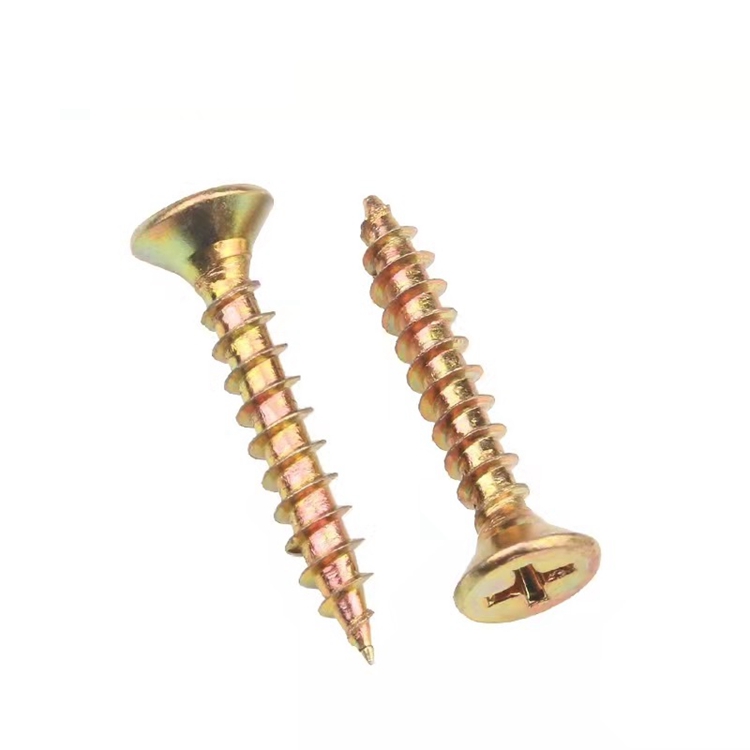Installation Guide for Set Screws in Door Knobs
ਦਸੰ. . 11, 2024 10:59 Back to list
Installation Guide for Set Screws in Door Knobs
Understanding Set Screws for Door Knobs A Comprehensive Guide
When it comes to the intricate world of door hardware, few components play as pivotal a role as set screws. These small yet essential fasteners are particularly important for securing door knobs, ensuring they function smoothly and safely. This article delves into the purpose, variety, installation, and maintenance of set screws used in door knobs.
What are Set Screws?
Set screws, also known as grub screws, are typically cylindrical fasteners that are used to secure an object within or against another object. In the case of door knobs, set screws affix the knob to the spindle of the door, preventing it from loosening or detaching during use. They are particularly beneficial because they provide a neat finish by being installed flush with the surface of the knob.
Types of Set Screws
Set screws come in various designs and materials, making them suitable for different applications. The most common types used for door knobs include
1. Cup Point Set Screws These have a concave point that digs into the surface of the spindle, providing a strong hold. They are widely used in door knobs due to their gripping capability.
2. Flat Point Set Screws These have a flat end and are used when the gripping action is not critical, but a firm hold is still necessary.
Material-wise, set screws can be made from stainless steel, zinc-plated steel, or brass. Stainless steel is particularly popular for its resistance to rust and corrosion, making it ideal for exterior doors.
Installation of Set Screws
set screws for door knobs

Installing a set screw is a straightforward process, but it requires some precision and care. Here’s a step-by-step guide
1. Gather Your Tools You will need the appropriate set screw, a hex wrench (Allen key), and possibly a screwdriver if your knob has a traditional slot.
2. Align the Knob Place the knob on the spindle, ensuring it is aligned correctly. This may involve holding it firmly in place while you work.
3. Insert the Set Screw With the knob in place, insert the set screw into the hole on the side of the knob. Use the hex wrench to tighten the screw gently. Avoid over-tightening, as this may strip the screw or damage the knob.
4. Test the Knob Once the set screw is in place, rotate the knob to ensure it turns smoothly. If it feels wobbly, double-check the tightness of the set screw.
Maintenance
Regular maintenance of door knobs includes checking the set screws for tightness. Over time and with frequent use, the screws can loosen due to vibration and friction. This can lead to a wobbly knob, creating an unsightly and potentially unsafe situation.
If you notice a knob beginning to move or feel loose, it’s time to grab your tools and retighten the set screw. In cases where the set screw is stripped or damaged, it may need to be replaced to ensure a secure fit.
Conclusion
Set screws might be small components, but they play an essential role in the functionality and stability of door knobs. Understanding their purpose, types, installation, and maintenance can lead to a more secure and effective door hardware system. Next time you turn your door knob, take a moment to appreciate the pivotal work done by this unassuming little screw that keeps everything in place. By ensuring their proper care, you can extend the life of your door knobs and enhance the overall security of your home.
Latest news
-
Reliable Axle Nuts Supplier | Quality & Precision Fasteners
NewsAug.23,2025
-
Durable Bolts for Lawn Mower Handle - Top Supplier & Manufacturer
NewsAug.22,2025
-
High-Quality Bolts for Lawn Mower Handle Supplier & Manufacturer
NewsAug.21,2025
-
Reliable Axle Nuts Supplier | High-Quality Automotive Parts
NewsAug.19,2025
-
Premium Wire Bolts Suppliers | Durable & Reliable Fasteners
NewsAug.18,2025
-
Leading Metric Wood Screw Companies & Manufacturers
NewsAug.17,2025
